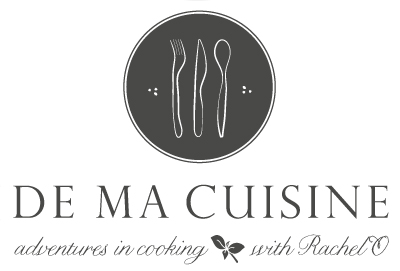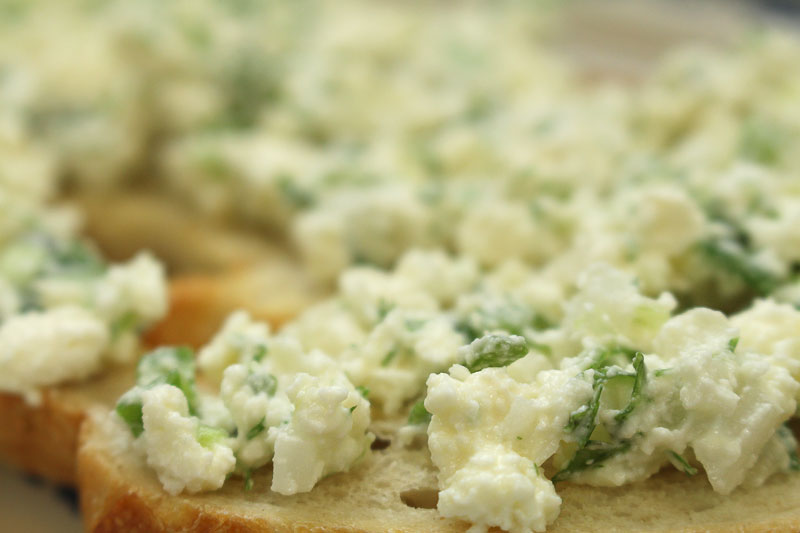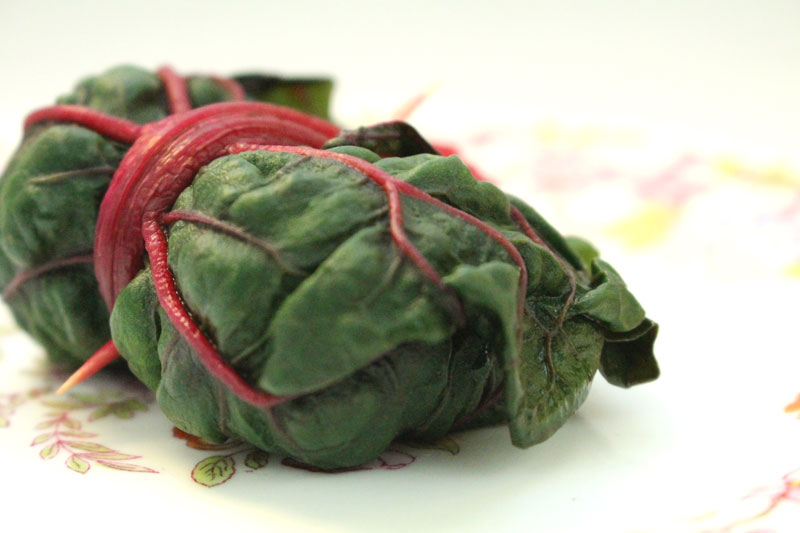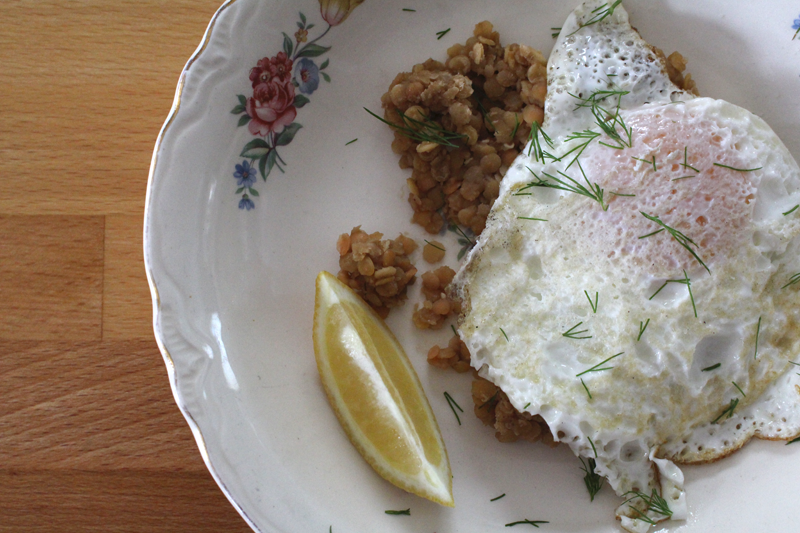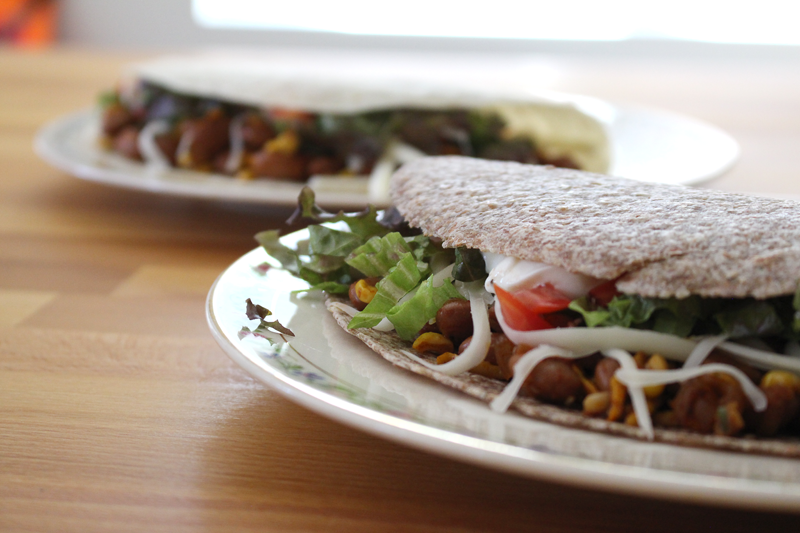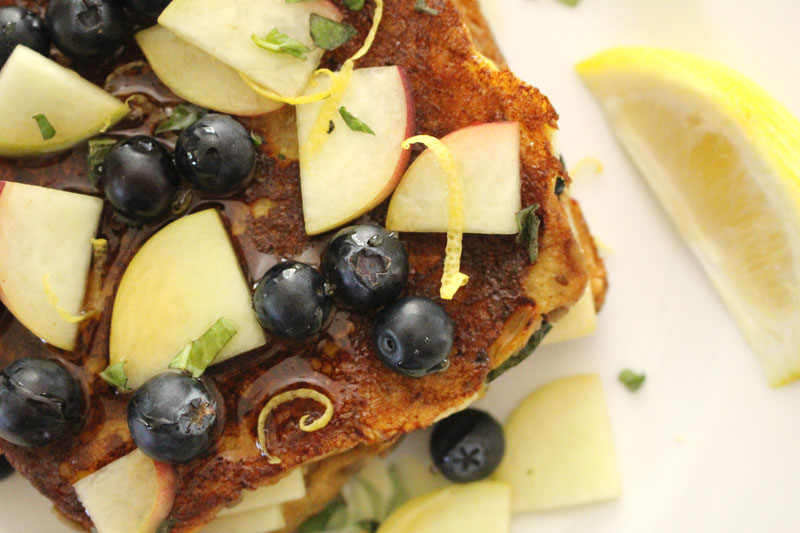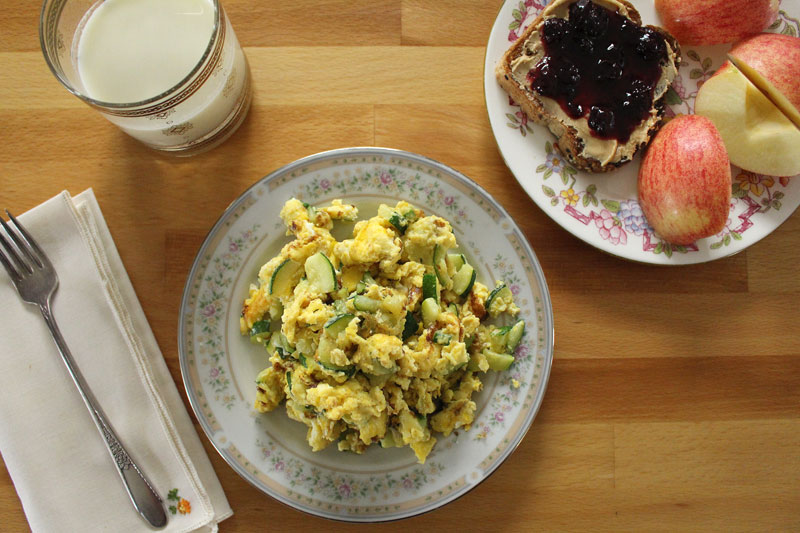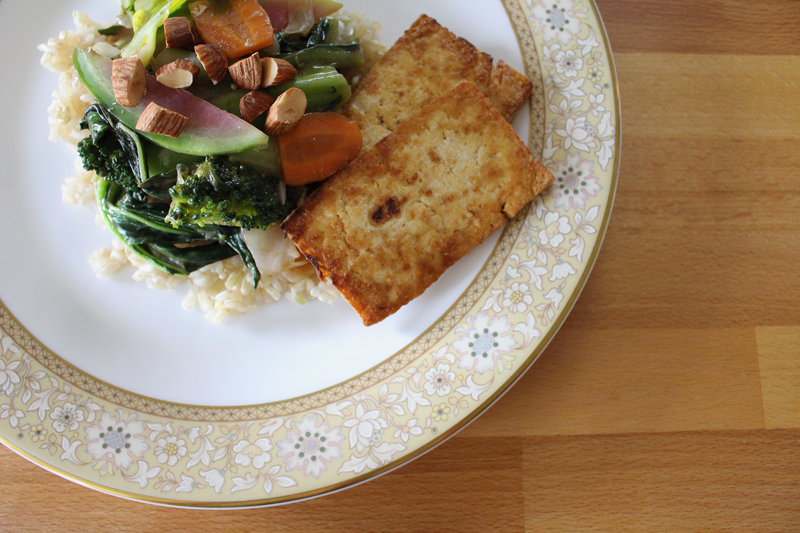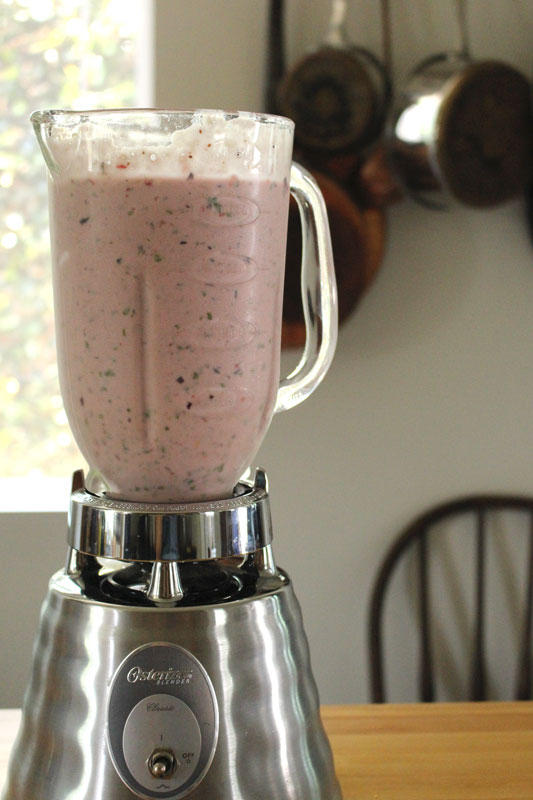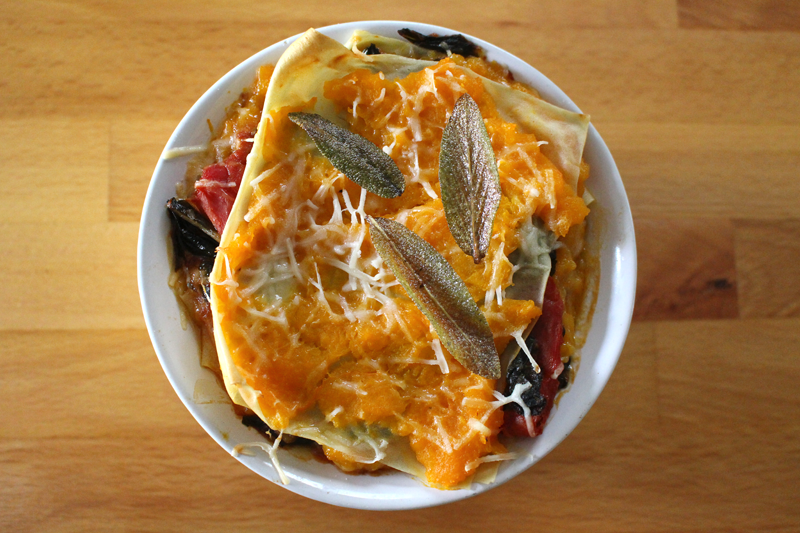Black Bean and Cheese Quesadillas
Written by Rachel, Posted in Appetizers, Beans, Cheese, Dairy-Free, Dinner, Gluten Free, Herbs, Kid-Friendly, Leftovers, Legumes, Lunch, Main Dishes, Meat, Quick and Easy, Rice, Vegetables, Vegetarian
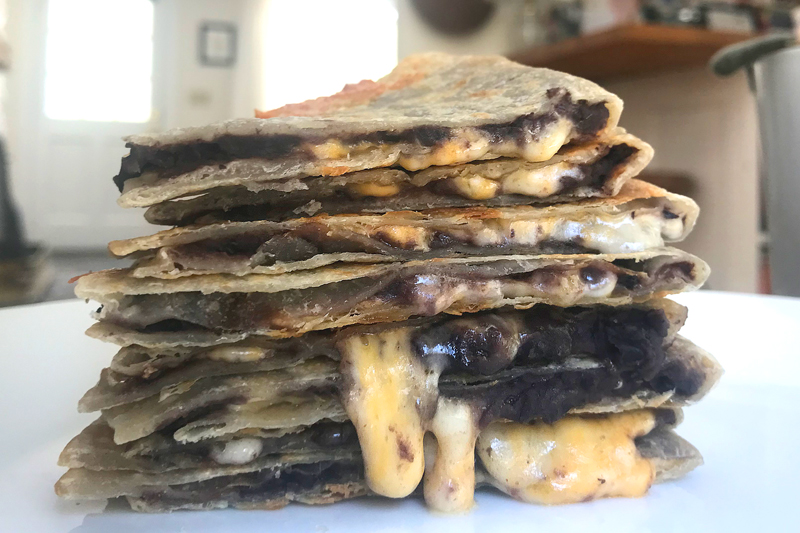
There’s a little more time to think these days. Sometimes my brain gets overrun with thoughts about the what-ifs, the economy, the future. This is weird. It’s like nothing I’ve ever experienced before. It’s the only thing we want to talk about. For good reason. I’ve been trying to distract myself with cookbook writing, furniture rearranging, and, as our supplies dwindle a bit, using what we have well, and returning to a lifestyle where we’re making things from scratch again.
We usually have a well stocked pantry. I rely on things like beans and tuna and pasta. I love having jars of homemade jam, dilly beans, and dill pickles to get us through winter. And I almost always have at least one extra jar of Sir Kensington’s Chipotle or Sriracha mayo on hand. A few weeks before COVID-19 became a pandemic we stocked up a little more. We set aside some food in a plastic bin that we can grab and take with us in an emergency. There isn’t a can opener in there, so we have no way to eat it. But, it’s there if we need it. And between the pantry and what’s in cold storage, I think we could eat for two or three months using just what we have on hand. I think many people have done the same. Our pantries are stocked. We’re ready to ride this thing out at home. But, what to do with all those supplies now that we’re here… There’s the open can, eat with spoon option. Provided you didn’t forget the can opener. But, maybe we could try something a little more fun?
Today, we had Black Bean and Cheese Quesadillas. They could be eaten as a very basic quesadilla. Beans, cheese, tortilla, and something to dip them in. Great. But, you could also make them into something more.
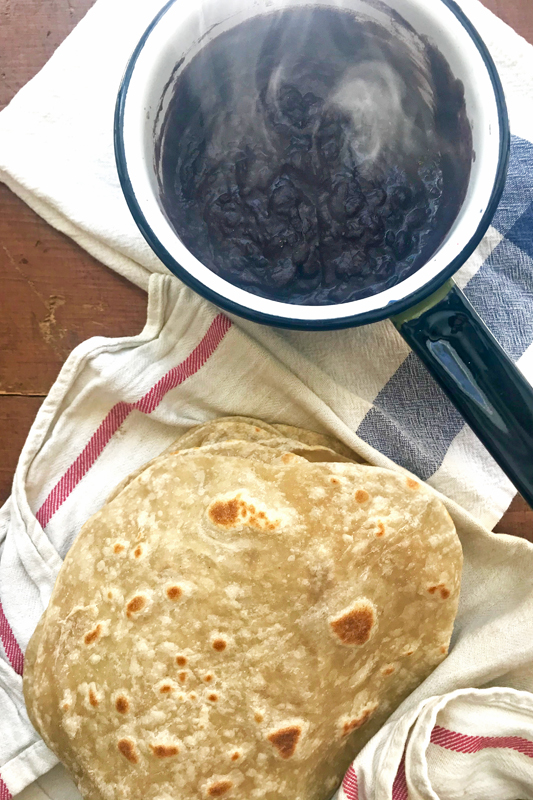
To start, Tim made the flour tortillas from scratch. We are ruined. We should never buy store bought tortillas again. You can use corn tortillas too. Either way you’re winning.
We mashed up some black beans with some taco seasoning (Tim makes this from scratch too) and a pinch of salt. Easy. You could switch it up and use pinto or cannellini beans or even chickpeas.
We added colby and cheddar cheese. You could use queso fresco or try a great vegan cheese if you like. I like colby for the meltyness and cheddar for the taste. If we had pepper jack I’d add that for some spice.
Leftover chicken, pork, or beef? Add it. Some crispy bacon left from BLTs? Perfect. I wanted leftover chicken in these quesadillas. But, we didn’t have any. Next time.
Jarred roasted bell peppers? Good idea. Scallions that are getting a little wilty in the fridge. Do it. Onions and fresh bell peps? Sauté and add.
Leftover rice from dinner last night? Reheat it and mix it in with the beans. Oh! You made chili for dinner? Plomp it onto the tortilla and top it with cheese. Save the cans of beans for another time. Fold. Heat. Done.
Have a little leftover cream cheese and no bagels to eat it with? Smear it on the tortilla before you top it with the beans. Add a little sprinkle of garlic powder for good measure.
There are a million ways to quesadilla. And a zillion ways to use your pantry treasures for good. Oh, and if you feel like you may have over bought, our local food banks are hurting right now. So, grab some sanitizer wipes, clean those cans, find your local food bank, and drop them off (while you know, social distancing) and help someone in need.
I’ve got lots more ways to use those pantry items creatively. If you want help, send me an email at demacuisine@racheloberg.com. I always love to talk about menu planning.
Happy Eating!
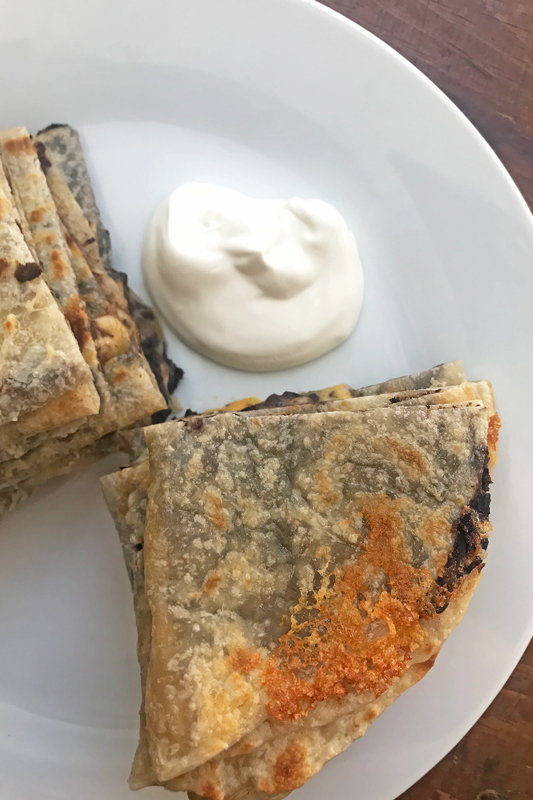
Black Bean and Cheese Quesadillas
Serves 2
Ingredients
- 8 (8-inch) cooked flour or corn tortillas (for ours, Tim used the recipe for flour tortillas from America’s Test Kitchen’s Bread Illustrated cookbook. There’s an almost identical recipe here.)
- 1 1/4 cups mashed black beans
- 1 1/2 teaspoons taco seasoning
- 1/8 teaspoon salt (Morton’s Kosher)
- 1/2 cup grated colby or pepper jack cheese
- 1/2 cup grated cheddar cheese
- additional goodies: meat, rice, roasted bell peppers, scallions, green chiles, rice, cream cheese etc…
Directions
- Re-heat anything that needs to be very hot (like meat and rice), or cook any fresh veggies or meat that you want to add. Set it aside.
- Mix the black beans with taco seasoning and salt. Heat it over low until it’s hot, and then mash well. Divide the beans and the cheese between the tortillas. Top half of a tortilla with the black bean mixture and top with a bit of each type of cheese. Add any of the additional goodies, then fold the un-topped side of the tortilla over the topped side.
- Heat a skillet over medium. Add the quesadillas and cook, flipping once, until the tortillas are browned and a bit blistered, the filling is hot, and the cheese is melted.
A great paring for these quesadillas is corn chips with some homemade guacamole, made with avocados that you bought last week and forgot about.
